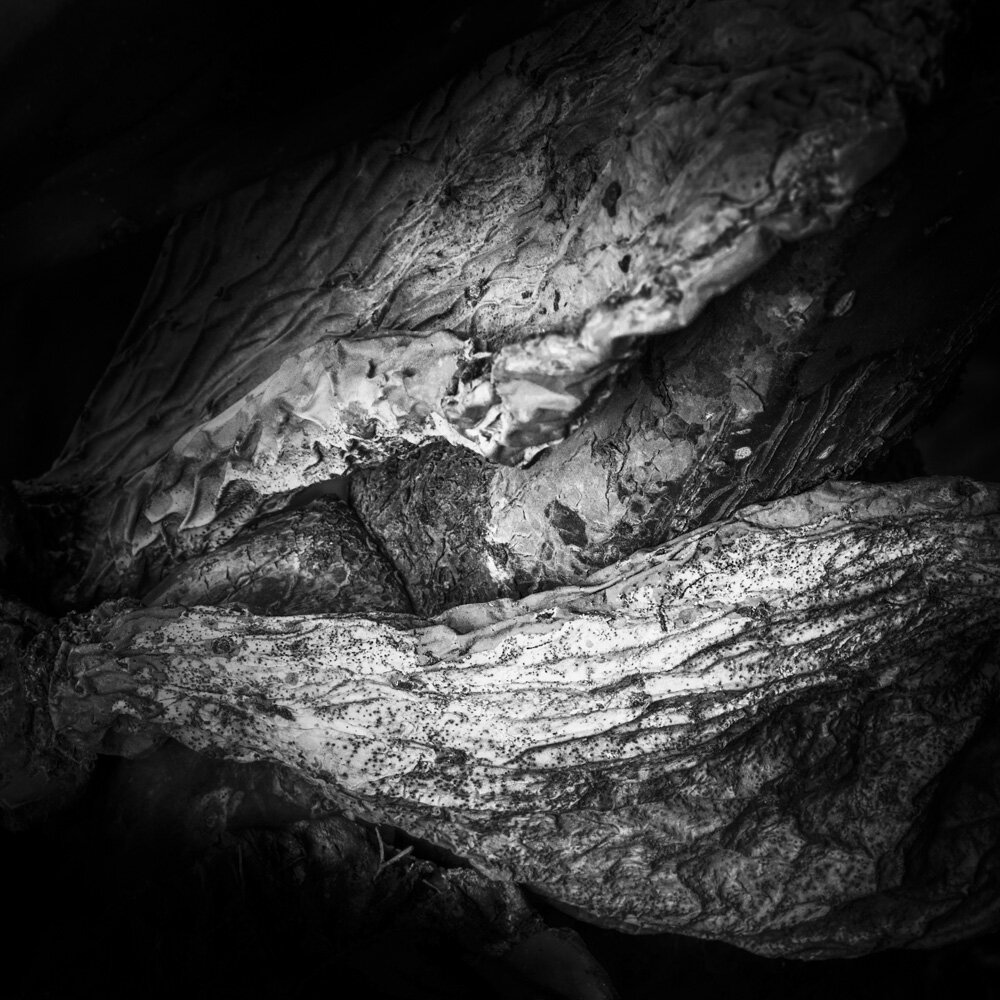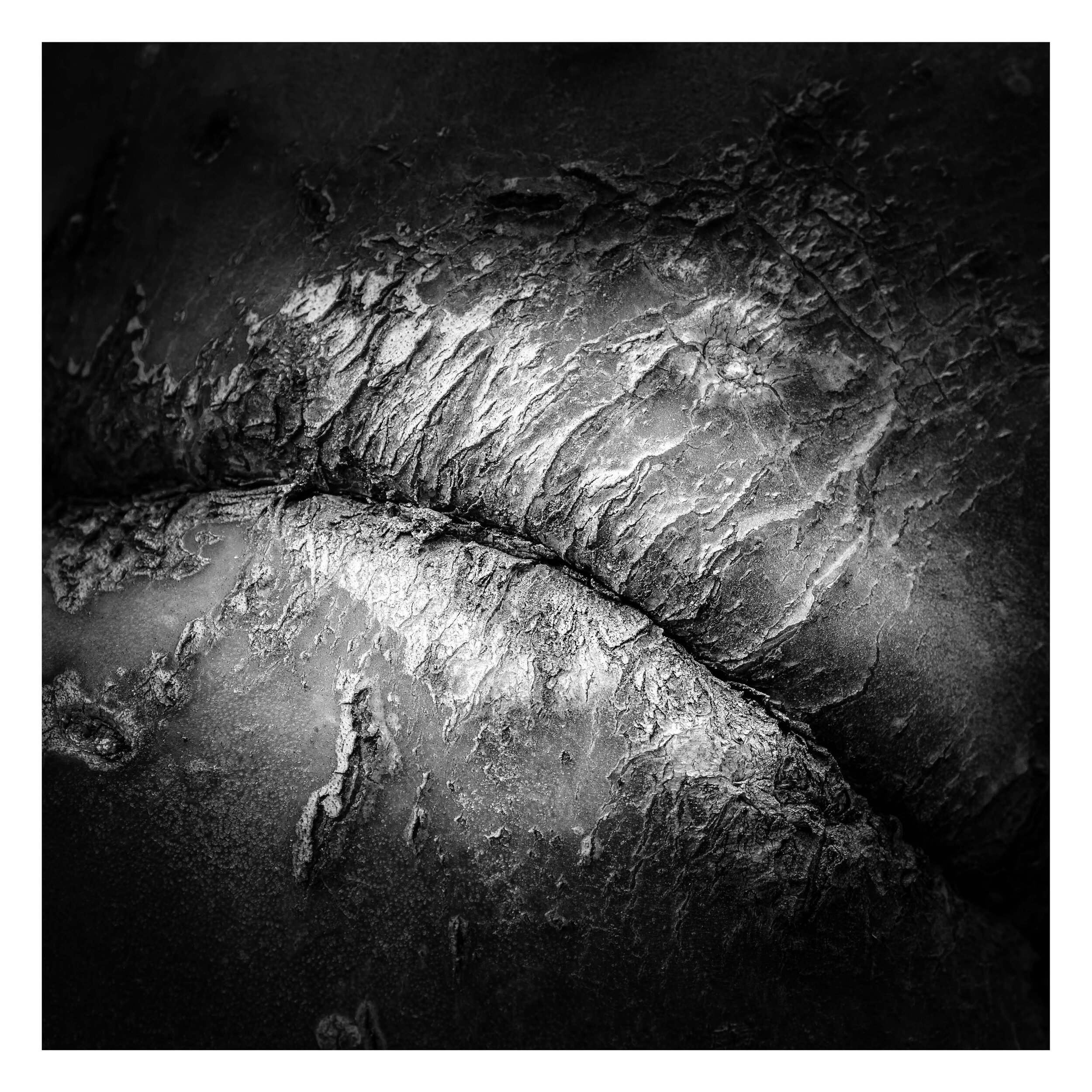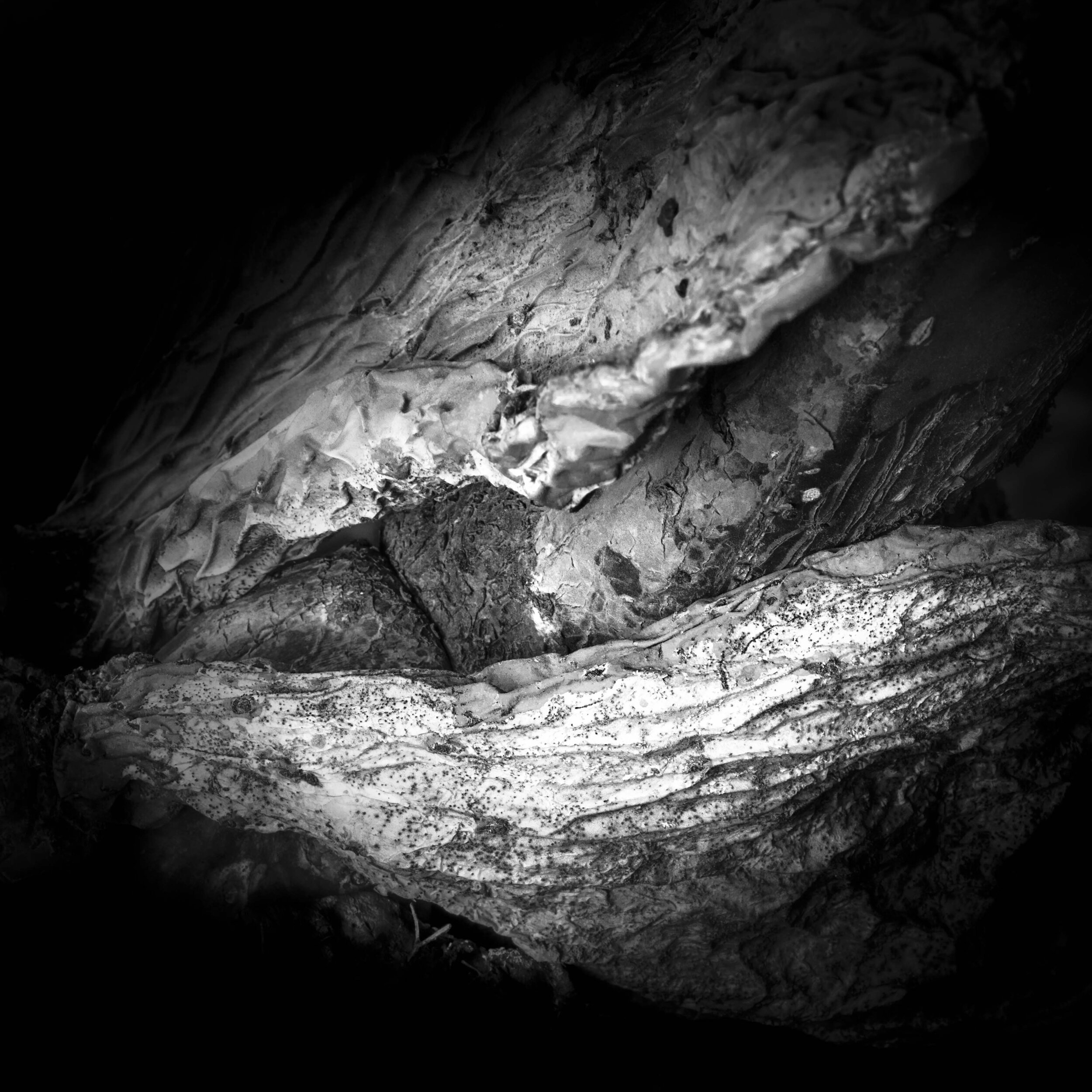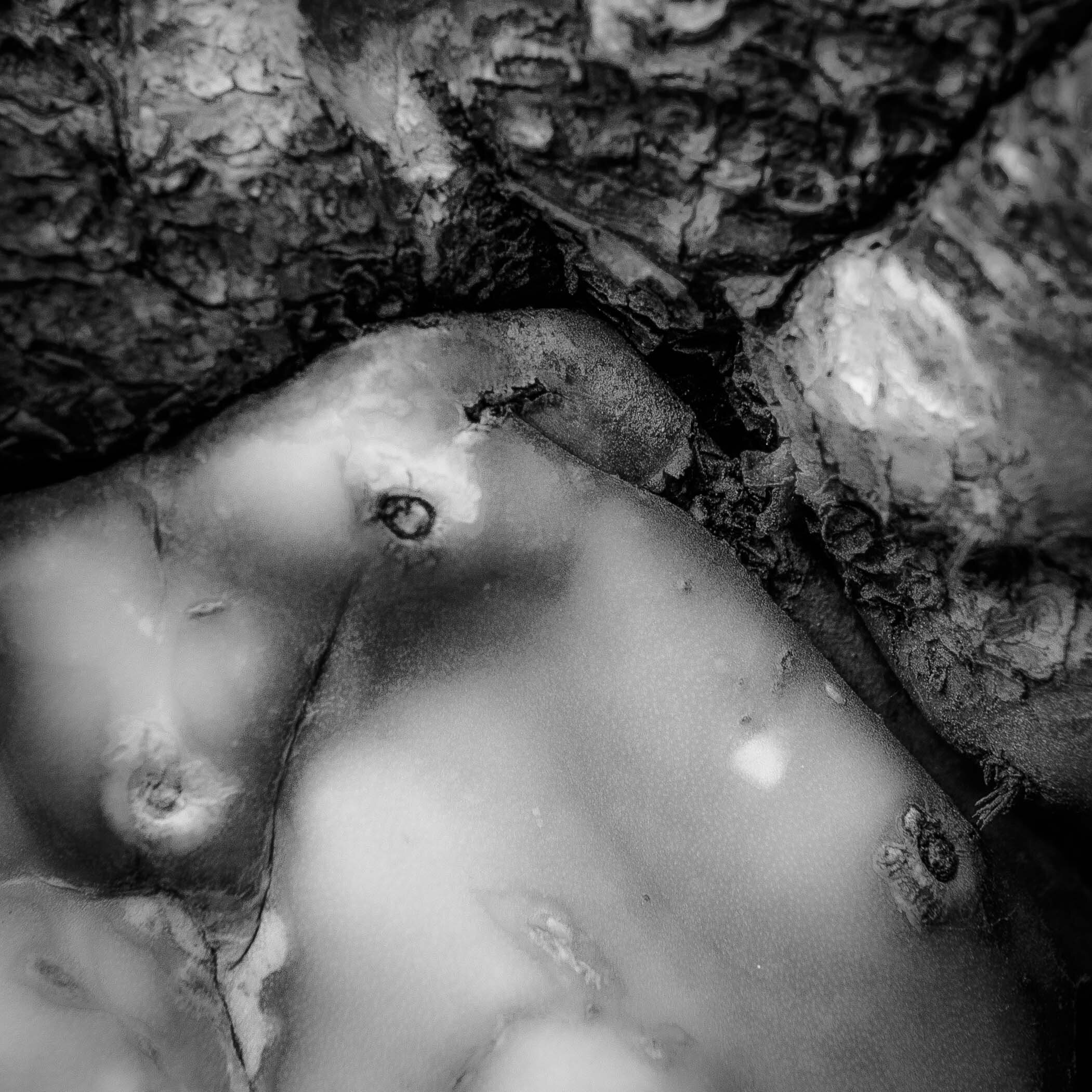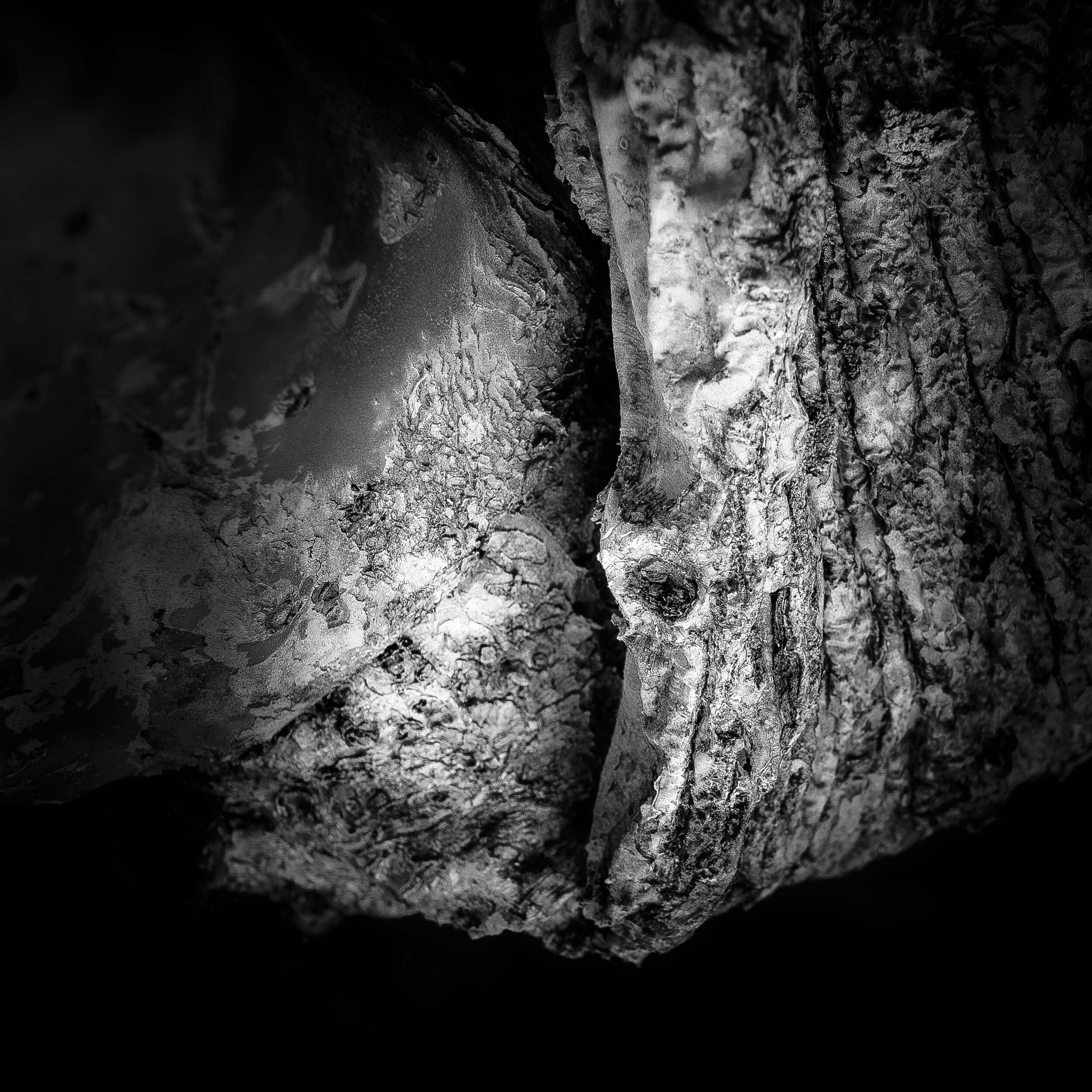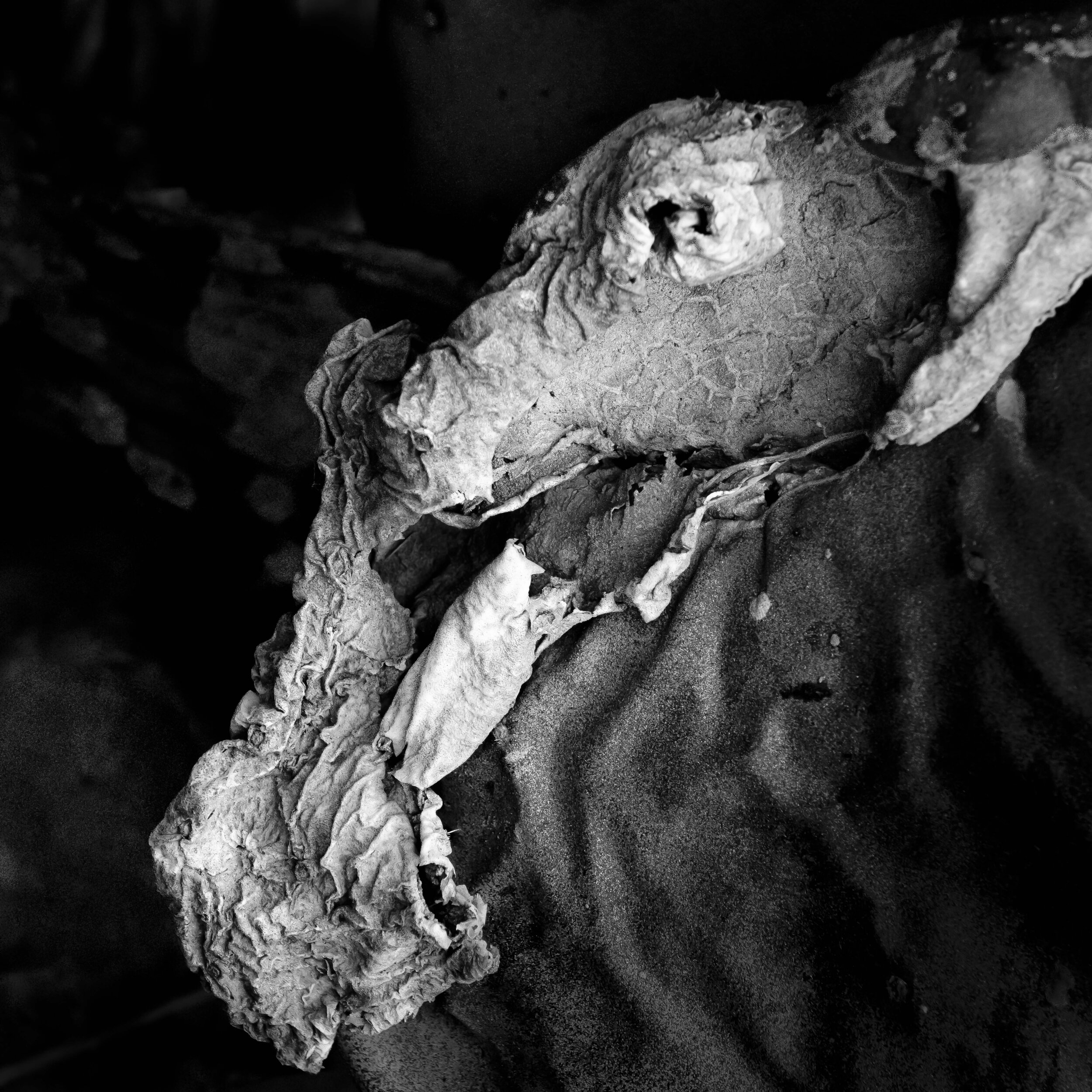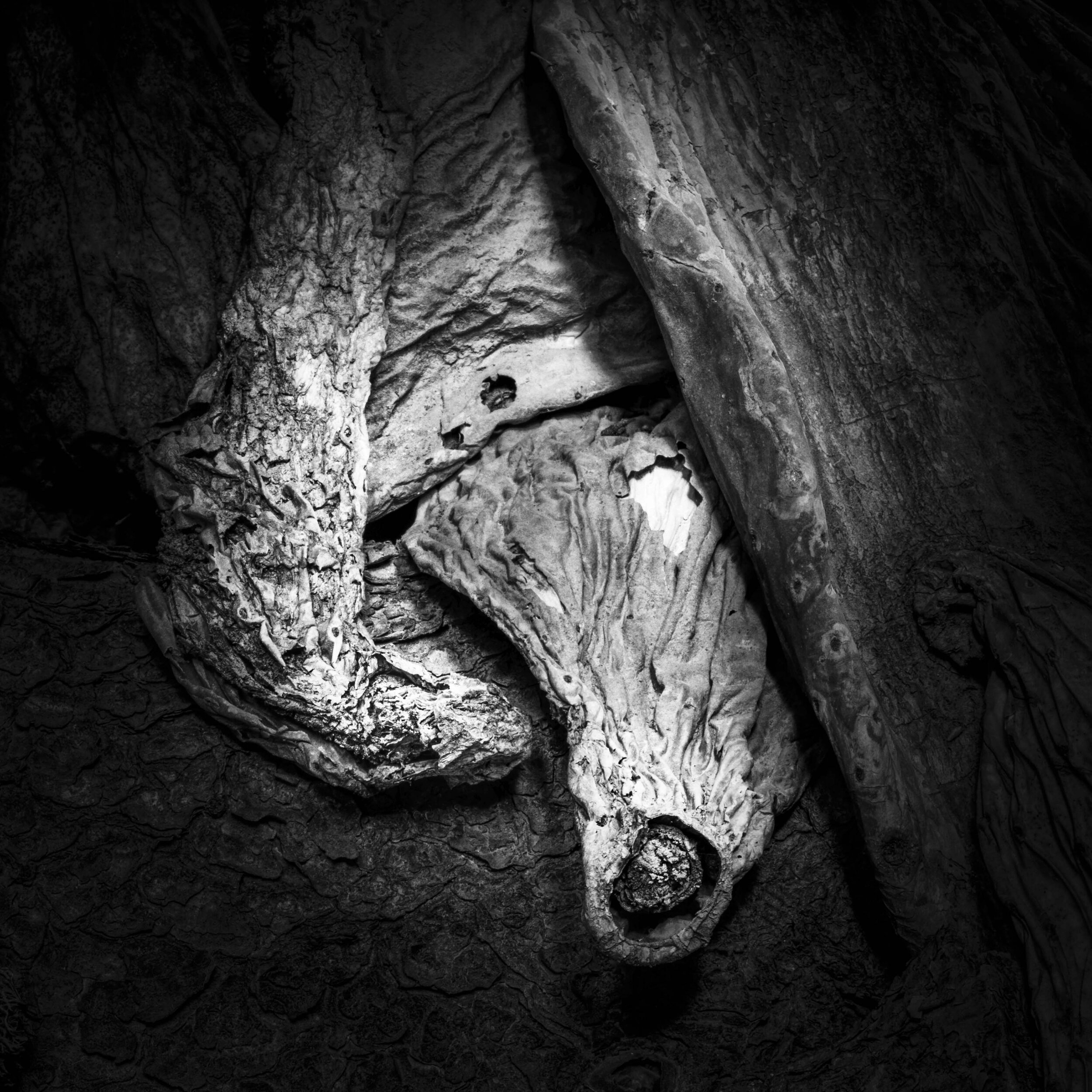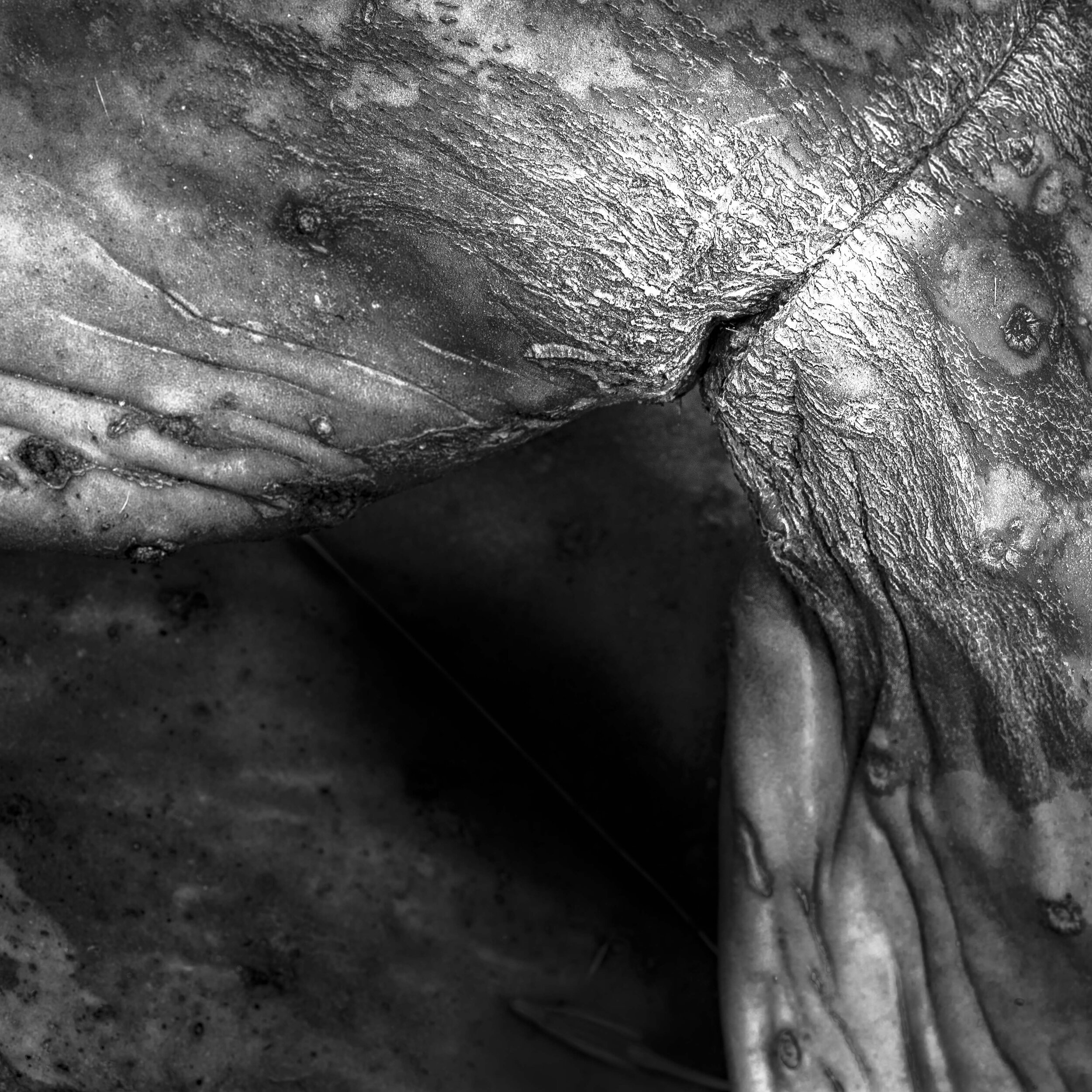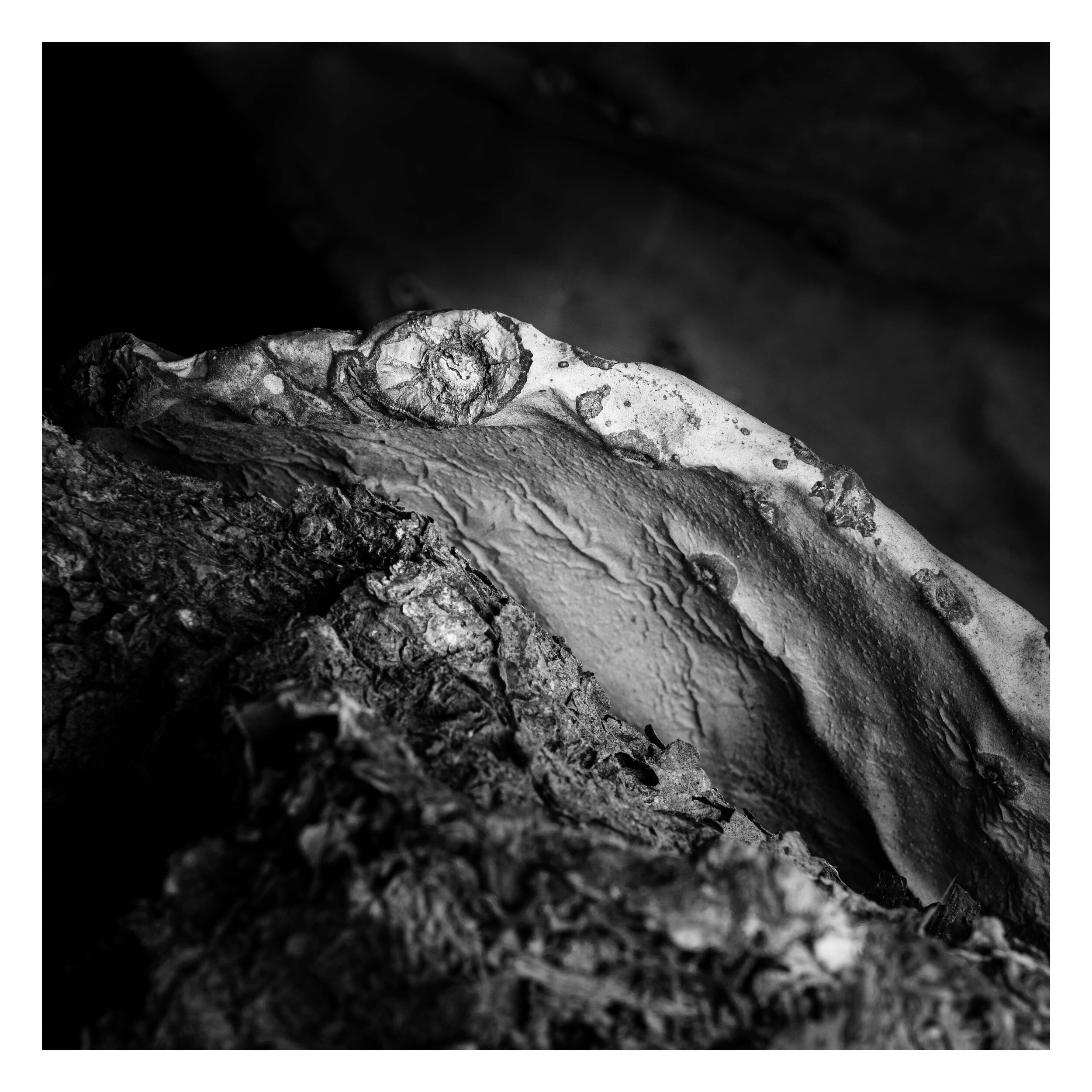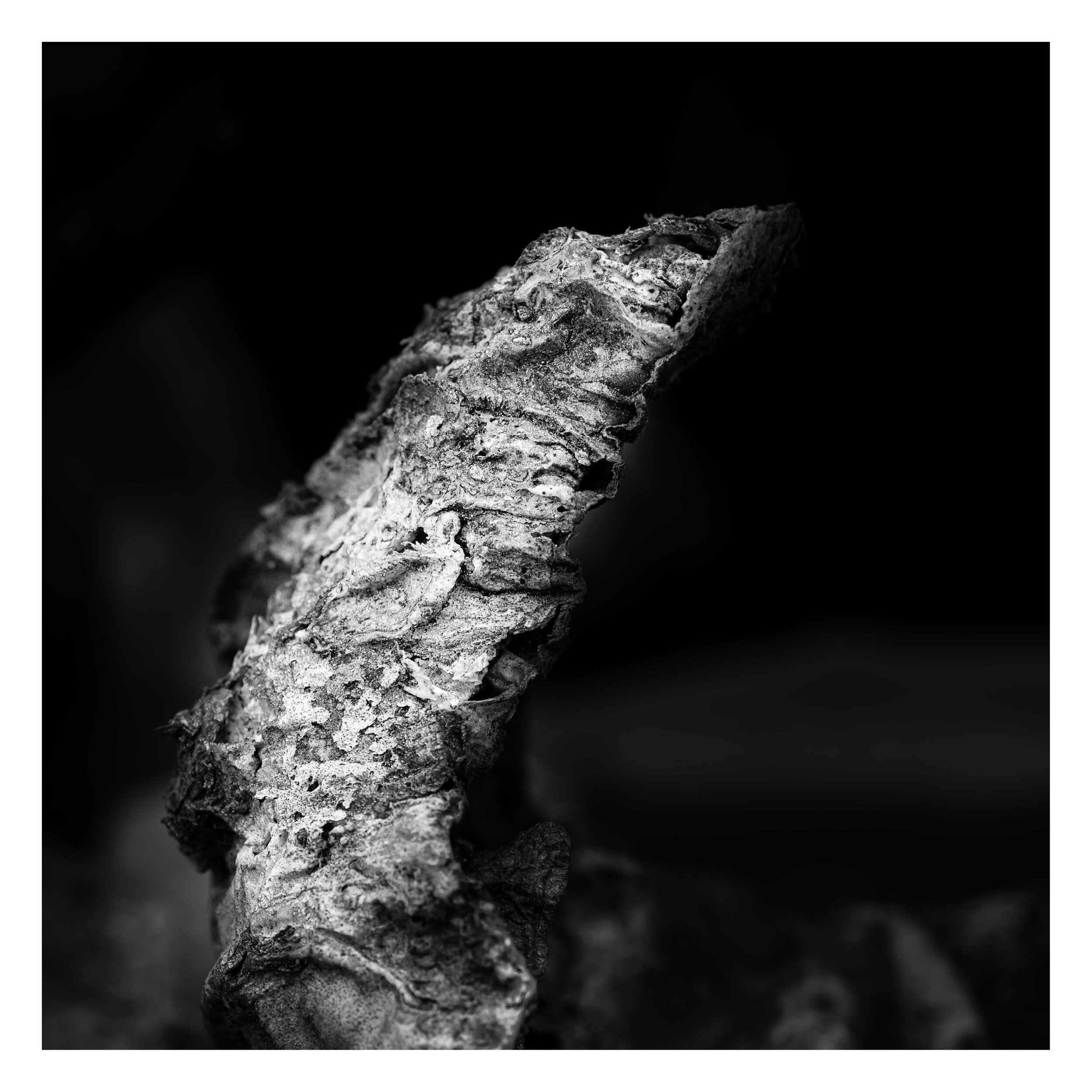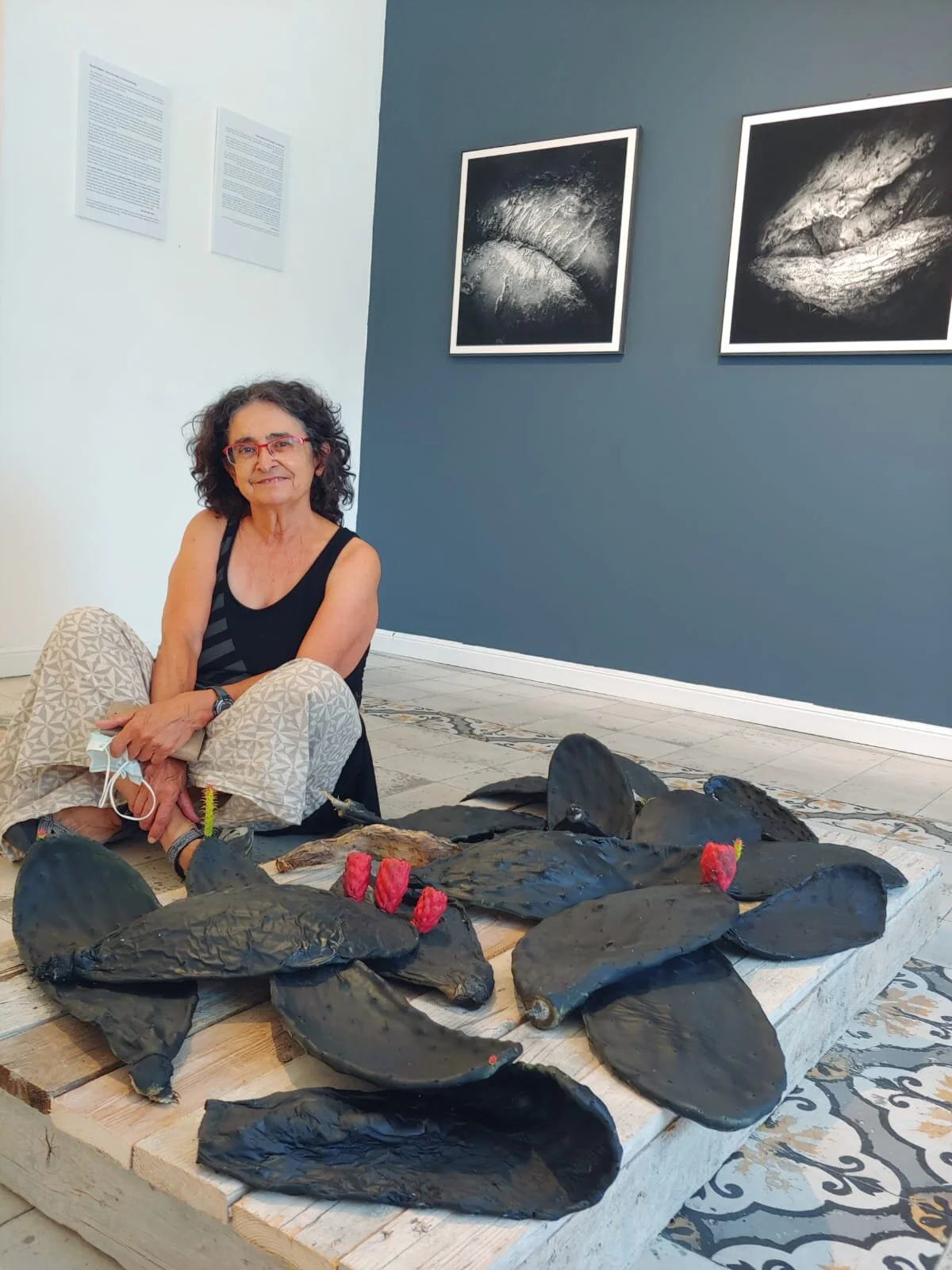BLACK SABRES - Inner Journeys in a Burning Reality
Photography: Rita Mendes-Flohr
Curator: Rina Peled
Curatorial consultation: Margaret Olin
Background essay: With the Shepherds in the Valley by David Shulman
at the Agripas 12 Gallery, Jerusalem
link to panel discussion on Zoom that took place on September 1, 2020 - with: Rina Peled, Dana Arieli, Rita Mendes-Flohr and Margaret Olin https://www.youtube.com/watch?v=2vJ9wAm5vGo&feature=youtu.be&ab_channel=RitaMendes-Flohr&fbclid=IwAR0E32ssqcPfvveWsTeSIDeA64nFGObCEMKHy2Yh7I19NUR45iNklEHHIcs
*
סברס שחורים – מסעות פנימיים במציאות בוערת
צילום: ריטה מנדס-פלור
אוצרת: רינה פלד
יעוץ אוצרתי: מרגרט אולין
טקסט רקע "עם הרועים בביקעה": דוד שולמן
*
עברית בהמשך
BLACK SABRES – Inner Journeys in a Burning Reality, my new solo exhibit at the Agripas 12 gallery raises questions about art and the social commitment of the artist, showing works from two series of photographs based on very different approaches that are exhibited in an interwoven way. On the one hand, there are the “Black Sabres”, black and white photographs of decaying cacti in extreme closeup, on the brink of abstraction, that speak about aging and decay as well as sensuality and Eros. On the other, the series of photos titled “The Jordan Valley, Just Before” of Bedouin shepherds who are driven off their lands, often violently, by young settlers from illegal outposts. Both the sabres and the Palestinian Bedouins are holding on -the sabres in their refusal to be uprooted, the Bedouin who persevere in going out with their sheep in the face of encroaching annexation of their lands.
סברס שחורים - מסעות פנימיים במציאות בוערת, תערוכת יחיד של האמנית ריטה מנדס-פלור מעלה את השאלות לגבי אמנות ומחוייבות חברתית של האמן/אמניתלקדמת הבמה, ומציגה שילוב של עבודות משתי סדרות צילומים המבוססים על גישות שונות לחלוטין. מצד אחד ישנה הסידרה “סברס שחורים , “צילומים בשחור-לבן של סברס מנוונים בקלוזאפ קיצוני, על גבול ההפשטה, המביעים זקנה והתנוונות אך גם חושניות וארוס. ומצד שני, “בקעת הירדן, רגע לפני” סדרת צילומי צבע של רועים בדואים בבקעת הירדן, המגורשים מאדמותיהם, לעיתים קרובות באלימות, על ידי מתנחלים מהמאחזים הבלתי-חוקיים. גם הסברס וגם הבדואים הפלסטינים מחזיקים מעמד: הסברס בסירובם להיעקר והבדואים הממשיכים בהתמדה לרעות את עדריהם למרות הסיפוח המתקרב של אדמותיהם
Review of “BLACK SABRES - Inner Journeys in a Burning Reality”: https://www.jpost.com/israel-news/culture/black-sabras-new-exhibition-shows-art-and-social-commitment-638491?fbclid=IwAR1VLHqEljEj_QhoyilwvPm-PGWN2WFr4gUjw0nANX12_nIk9zOhOslEheM
עברית בהמשך
BLACK SABRES – Inner Journeys in a Burning Reality
I have always felt I am not an “action person”, not suited to go out and change the world, despite my strong sense of social justice. I see myself as inner directed, contemplative, with an artist’s voice that, until I turned 40, was hidden even from myself.
Still, as an artist, the question kept nagging me – do I have the luxury to engage in these inner worlds, to raise questions about Eros and Thanatos, about aging and decay while exploring intimate spaces, to evoke sensations of dark mysteries, of the uncanny? Must I separate between myself as a woman committed to social justice and an artist who wants nothing more than to spend all her time on a journey into the subconscious? Is there a way to bring the two together?
One possible solution to this dilemma evolved in my work with the Antea Gallery of Feminist Art (part of the woman’s center, Kol Ha-Isha), that I founded in 1994 together with Nomi Tannhauser, in order to bring about art exhibits that address feminist issues. This did not mean that the art itself would always be politicized, “mobilized” – it could very well be evocative and personal, and still be exhibited in a context that raised social issues, broadening the feminist discourse by being accompanied by critical texts and discussion evenings.
Am I able to speak out more explicitly in my art? How should I present my photos, when I photograph on my outings with an Israeli-Palestinian direct-action group as we accompany Palestinian shepherds in the South Hebron Hills and the Jordan Valley, in attempt to stop attacks by violent settlers from illegal outposts that seek to drive away the shepherds and small farmers out of Area C, often supported by the army? Can I show these photographs in a publicly funded gallery that would risk its funding if critical issues are raised that do not find favor with the ruling powers?
If I bring a more intimate vision to these photographs – for instance, by capturing the magic of the early morning light - will I risk making them too esthetically pleasing, thus beautifying an oppressive reality and trivializing the grave issues? Or, precisely by focusing on the breathtaking landscape, on the sense of freedom to roam, the photos will emphasize what the Palestinians stand to lose? Would the esthetics of the works beckon the viewer to take note, and ask deeper questions about how the Jordan Valley is slowly, but deliberately being emptied of its native Palestinians?
With BLACK SABRES – Inner Journeys in a Burning Reality I want to bring these questions about art and society to the fore, showing works from two series, Black Sabres and Jordan Valley, Just Before, based on two very different approaches, exhibited in an interwoven way. Perhaps what ties the two series together is the Palestinian concept of sumud, translated as “steadfastly holding on”. On the one hand, the black and white extreme closeups of sabres* relate to the prickly pear cactus hedges that stubbornly persist around the remains of Palestinian villages in Israel, refusing to be uprooted. On the other, the color photographs in this exhibit show the Palestinian Bedouin in Area C who persevere in going out with their sheep in the face of encroaching annexation of their lands.
Rita Mendes-Flohr
*Sabres, the opunta ficus indica cactus as known in Hebrew slang, carries weighty and conflicting symbolic meanings for the two peoples of this land, yet is, ironically, itself a displaced plant originating in Mexico and the Caribbean, closer to where my own roots are.
WITH THE SHEPHERDS IN THE VALLEY
by David Shulman
The Bedouin population of the Jordan Valley number around 15,000. Some of them moved to the valley from the Negev in the wake of the 1948 war; others have been there for generations. They cling to a rich ancient culture embodied in epic poetry and in a way of life that has, so far, survived all attempts by a series of governments to eradicate it. Whether or not it can survive the current systemic, violent program of ridding the land of the local Palestinians, carried out by Israeli settlers, soldiers, bureaucrats, and police, remains to be seen.
This dark goal is pursued in various modes and mechanisms, beginning with limiting access to the land itself. The Jordan Valley is in Area C, defined by the Oslo agreements, and thus under complete Israeli control with the exception of Jericho and its immediate surroundings (in Area A). In practice this means that at least 85% of the land in the Valley, and possibly as much as 94%, is off limits to Palestinian communities: 46% has been declared Closed Military Zones, including the very extensive firing zones ostensibly claimed for army training exercises. Nature preserves constitute another 20%, and the lands allocated to the Israeli settlers’ councils, including large reserves for future settlement growth, comprise most of the rest. There are some 11,000 Israeli settlers, many of them in so-called “illegal outposts” that continue to spring up in the hills and that regard terrorizing the Bedouin Palestinians as a holy duty. Another 50,000 Palestinians live mostly in villages and in the town of Jericho.
A Bedouin family’s life centers on grazing the goats and sheep, which provide a large part of the family’s diet and, sometimes, a little extra income from selling milk and cheese to outlets in al-‘Auja, Ramallah, and elsewhere. It is, or is meant to be, a simple life, close to the ground. One takes the herds out to graze for some hours at dawn and, often, again in the late afternoon. The shepherd has to keep track of every goat and sheep as they scatter over the hills. There are regular times when the sheep are sheared, and there are the birthing months when, if all goes well, baby lambs emerge into the light. It is precisely when the birthing season starts that the army, in the guise of the Civil Administration seems to take particular pleasure in demolishing Bedouin homes and sheep-pens, leaving the community exposed to the open skies. A small number of Bedouins still undertake seasonal migrations (usually to the hill country around Tubas, because in summer the heat in the valley is overwhelming); most of the communities have been settled permanently in their present locations for many decades, at least.
Were it not for the settlers and the fierce apparatus of a hostile state, the life of these Bedouins would be hard but good. My friend Mhammad, with a degree in engineering, chose to stay with the herds; he loves the simplicity, the deep intimacy with the natural world and its landscapes, the tight-knit extended family, the cycle of holidays and rituals, the healthy diet of home-grown vegetables, eggs, and milk products and, rarely, meat. But ever since the expansion of Israeli settlements in recent times, the Jordan Valley Bedouins live on the edge of extinction. It is a daily battle for survival, in which we, in Ta‘ayush, and other activist organizations like Torat Tzedek and Machsomwatch, have done what we could to help.
Repeated demolitions of the Bedouin tents and shacks are one way to demoralize their owners and to encourage them to go away. Confiscating basic equipment—a tractor, for example, which is the difference between life and death for a Palestinian subsistence farmer in the northern Jordan Valley-- is another. Violent raids by Israeli settlers are a daily occurrence; these men, if you can even dignify them with that name (many of them are sociopathic adolescents who have found refuge in the settlements), love to drive their vehicles or ride their horses straight through the Palestinian herds, screaming curses, blasting loud music, terrifying the sheep. I have also witnessed them assaulting shepherds and our own activists. Soldiers sometimes come into the Bedouin encampments in the middle of the night, threatening, shooting off their weapons, wreaking havoc. Occasionally there are settler raids that can only be called pogroms, like at al-‘Auja on February 28, 2020.
But most devastating in the long run is the denial of water. In summer, daytime temperatures rise well above 100 degrees. If Palestinians living in tiny hamlets have the temerity to attempt to link themselves to the Palestinian Authority’s pipelines running down from Area A, the army comes and breaks the pipes. I saw them do it with my own eyes at al-Hadidiya. Since life in the valley is insupportable without water, Palestinians have to buy and import water in tankers at vastly inflated prices. The cost of a single water tanker is a huge sum—easily half the monthly expenses of a family in the summer. Simply stated, the idea is to dry the Bedouins out until thirst forces them to disappear.
Consider the words of ‘Abd al-Rahim Bsharat (known as Abu Saqer) from the hamlet of al-Hadidiya: “The settlers and the Israeli state have committed many crimes and will commit many more, but the worse crime, a moral monstrosity, is denying us water. They have polluted our wells, filled them with rocks and dirt, dried them up by their deep drilling, and dried up the natural springs. I myself owned between sixty and ninety wells on the hills over there, and all of them have been destroyed. It happened already in the 1970s. At the same time, hundreds of cubic meters of water are being wasted on the settlers, on their lawns and swimming pools. Whole communities have been devastated, their people driven out, displaced by army camps and settlements. Once a hundred families lived here in al-Hadidiya; only 14 are left. …In a war, there is always the one who kills and the one who is killed, but to deny us water is to kill even more cruelly. “
Not long ago I was with four other volunteers in the southern valley; we were climbing uphill to where the shepherds were grazing. Suddenly several young settlers blocked our path. For once they didn’t attack us; they wanted to talk. So for some twenty minutes we spoke with them about their world, as we see it; about the suffering they are causing innocent people, simply because they are not Jews; about right and wrong. They, of course, had their own way of reading the world. To my surprise, one of them—possibly a little older than the others, maybe 20—broke into the conversation and said: “You are right, if you think about this in terms of being humane, a good person. What we are doing to these people is cruel, in fact, inhuman. Anybody can see it. But it all follows necessarily from the fact, which no one can deny, that God has given this land to the Jews and only to the Jews.”
David Shulman
David Shulman is Professor Emeritus at the Hebrew University and an Israel Prize laureate For further reports from the Jordan Valley, including Margaret Olin’s superb photographs, see www.touchingphotographs.com
*
סברס שחורים – מסעות פנימיים במציאות בוערת
מאז ומתמיד חשתי שאני לא "אשת פעולה", שלמרות חוש הצדק החברתי העמוק שלי, אני לא בנויה לצאת החוצה ולשנות את העולם. אני רואה את עצמי כאישה שמכוונת פנימה, כאישה קונטמפלטיבית, עם קול אמנותי שעד גיל 40 היה חבוי אפילו עבורי.
ובכל זאת, כאמנית, המשיכה להציק לי השאלה – האם אני יכולה להרשות לעצמי את המותרות לעסוק רק בעולמות הפנימיים שלי, להעלות שאלות על ארוס ותנטוס, על הזדקנות והתנוונות בשעה שאני תרה מרחבים אינטימיים מעוררי תחושות של מסתורין ואל-ביתיות? האם אני חייבת להפריד בין היותי אישה המחויבת לצדק חברתי לבין היותי אמנית שאיננה רוצה דבר חוץ מאשר להקדיש את כל זמנה למסעות בעולמות התת-מודע? או אולי ישנה אפשרות לחבר בין השניים?
פתרון מסוים להתלבטות זו נוצר בעבודתי בגלריה אנטיאה לאמנות פמיניסטית (שהיתה חלק ממרכז נשים – קול האישה), אותה הקמתי עם נעמי טנהאוזר, כדי להציג תערוכות שעסקו בנושאים פמיניסטיים. האמנות עצמה לא הייתה בהכרח פוליטית "מגוייסת" – היא יכולה הייתה להיות אישית ומעוררת אסוציאציות, אולם הוצגה בהקשר שהעלה בעיות חברתיות, והרחיב את השיח הפמיניסטי בעזרת טקסטים ביקורתיים וערבי דיון .
האם אני יכולה לדבר באופן מפורש יותר באמנות שלי? כיצד אני אמורה להציג את הצילומים שאני מצלמת במהלך הסיורים שלי עם קבוצה אקטיביסטית ישראלית-פלסטינית, שבהם אנחנו מלווים רועים פלסטינים בדרום הר חברון ובקעת הירדן, בניסיון למנוע התקפות של מתנחלים אלימים המעוניינים לסלק את הרועים ואת האיכרים הקטנים משטח-סי , כשהם נעזרים לעתים קרובות על ידי הצבא? האם אני יכולה להציג את הצילומים הללו בגלריה הנתמכת על ידי גופים ציבוריים, ולהעמיד את התמיכה בסיכון, בגלל העלאת נושאים ביקורתיים, שלא ימצאו חן בעיני הכוחות השולטים?
כשאני מכניסה היבט אינטימי יותר לצילומים הללו - למשל, את האור הקסום של הבוקר המוקדם - האם אני מסתכנת בהפיכתם לאסתטיים מדי, וכך מייפה את המציאות הדיכוי והופכת את הנושאים החמורים הללו לטריוויאליים? או, אולי דווקא על ידי התמקדות בנוף עוצר-הנשימה, בתחושת החופש לנדוד, הצילומים מדגישים את מה שהפלסטינים עומדים לאבד? האם האסתטיקה של העבודות קוראת לצופה לשים לב, לשאול שאלות עמוקות יותר על המציאות שבה בקעת הירדן מתרוקנת לאט אבל באופן מכוון מילידי המקום הפלסטינים?
עם סברס שחורים - מסעות פנימיים במציאות בוערת - אני רוצה להביא את השאלות הללו על אמנות וחברה לקדמת הבמה, על ידי שילוב עבודות משתי סדרות המבוססות על גישות שונות לחלוטין: סברס שחורים או מצד שני בקעת הירדן, רגע לפני . אולי מה שמקשר את שתי הסדרות הללו הוא הקונספט הפלסטיני "צומוד" שמשמעותו היא: "להחזיק מעמד בצורה עיקשת". מצד אחד צילומי התקריב הקיצוניים של הסברס בשחור-לבן, מתייחסים לגדרות הסברס* המתעקשות לשרוד בין הריסות הכפרים הפלסטינים בישראל, ומסרבות להיעקר. מצד שני, הצילומים הצבעוניים בתערוכה מציגים את הבדואים הפלסטינים בשטח-סי הממשיכים בהתמדה לרעות את עדריהם למרות הסיפוח המאיים על אדמותיהם.
ריטה מנדס-פלור
*סברס, (optunta ficus indica), כפי שהקקטוס ידוע בסלנג העברי, טעון משמעויות כבדות ומנוגדות עבור שני העמים של הארץ הזאת אך באופן אירוני הוא עצמו נעקר ממקומו המקורי במקסיקו ובקריביים, קרוב יותר למקום שבו נמצאים השורשים שלי
עם הרועים בבקעה
האוכלוסיה הבדואית בבקעת הירדן מונה כ-15.000 נפש. חלק מהם הגיעו לשם מהנגב בעקבות מלחמת 1948. אחרים חיים שם מזה דורות. הם נצמדים לתרבות עשירה-עתיקה המגולמת בשירה אפית ובאורח חיים שהצליח לשרוד עד כה את כל הניסיונות של המימסד לחסלו. האם יצליחו לשרוד גם את התוכנית העכשווית השיטתית והאלימה, לטהר את האזור מילידי המקום הפלסטינים - המתבצעת על ידי המתנחלים, הצבא, הביורוקרטיה והמשטרה - ימים יגידו.
את המטרה האפילה הזו מקדמים באמצעות שיטות שונות , החל מהגבלת הגישה לאדמה עצמה. בקעת הירדן היא בשטח-C כפי שהוגדר בהסכמי אוסלו, ולכן נמצאת תחת שליטה ישראלית מוחלטת, חוץ מיריחו וסביבתה הקרובה (שטח-A). המשמעות המעשית היא שלפחות 85% משטח הבקעה, אם לא 94% ממנה, הם מחוץ לגישת הקהילות הפלסטיניות: 46% משטח הבקעה הוכרזו כשטחים צבאיים סגורים, לרבות שטחי אש נרחבים שיועדו לכאורה לאימונים צבאיים. שמורות טבע כוללות 20% נוספים, ושטחים שהוקצו למועצות של ההתנחלויות, לרבות רזרבות לגידול עתידי שלהן, מכסים כמעט את כל היתר. ישנם כ-11.000 מתנחלים , רבים מהם במה שמכונה “מאחזים בלתי חוקיים”, שממשיכים להתפשט על הגבעות, ומבחינתם הפעלת טרור על הבדואים הפלסטינים היא מצווה קדושה. 50.000 פלסטינים נוספים חיים ברובם בכפרים וביריחו.
חייה של משפחה בדואית מתרכזים ברעיית העיזים והכבשים, המספקים חלק חשוב מהתזונה המשפחתית, ולעיתים יש לה הכנסה קטנה נוספת ממכירת חלב וגבינות לתושבי אל-עוג’ה, רמאללה ועוד. אלו חיים פשוטים, קרובים לאדמה, או לפחות אמורים להיות כאלה. אדם מוציא את עדרו עם שחר למרעה למשך מספר שעות, ולעתים קרובות גם בשעות הערב. הרועה צריך להשגיח על כל עז וכבשה, המפוזרים על הגבעות. ישנם זמנים קבועים שבהם גוזזים את הצמר, וישנם גם חודשי ההמלטה שבהם, אם הכל מתנהל כשורה, מגיחים טלאים וגדיים לאוויר העולם. בדיוק כאשר מתחילה עונת ההמלטה, נדמה שהצבא, בחסות המימשל האזרחי, מפיק הנאה מיוחדת מהרס בתי הבדואים ומכלאות הצאן, והשארתם תחת כיפת השמיים. בדואים מעטים עדיין נודדים עונתית עם עדריהם בדרך כלל לגבעות מסביב לטובאס, (בשל החום הבלתי נסבל השורר בביקעה בקיץ) אבל רוב הקהילות חיות באופן קבוע במיקום הנוכחי שלהם, במשך עשרות שנים לפחות.
לולא המתנחלים ומערכת הכיבוש הקשוחה, חיי הבדואים היו יכולים להיות אמנם קשים אבל טובים. חברי מחמד, בעל תואר בהנדסה, בחר להישאר עם הצאן. הוא אוהב את הפשטות, את הקשר האינטימי העמוק עם הטבע ונופיו, את המשפחה המורחבת המלוכדת, את מעגל החגים והטקסים, את התזונה הבריאה המבוססת על ירקות בגידול עצמי, ביצים ומוצרי חלב, ולעתים נדירות בשר. אבל מאז ההתפשטות של ישובי המתנחלים, הבדואים של ביקעת הירדן חיים בצל סכנת חיסול. זהו מאבק יומיומי להישרדות, שבו אנחנו בתעיוש, וארגונים אקטיביסטיים אחרים כמו תורת צדק ומחסום ווטש, עושים כל מה שאנחנו יכולים כדי לתמוך בהם.
הרס חוזר ונשנה של אהלי וצריפי הבדווים היא רק דרך אחת ליאש את בעליהם ולעודד אותם לעזוב. דרך אחרת היא עיקול של ציוד בסיסי - טרקטור למשל - שהוא עניין של חיים ומוות לפרנסת האיכר הפלסטיני בצפון בקעת הירדן . פשיטות אלימות של המתנחלים הם אירוע יומיומי. אנשים אלה, אם אפשר לכבד אותם בכינוי זה (רובם מתבגרים סוציופטיים שמצאו מקלט בהתנחלויות) אוהבים לנהוג בכלי הרכב שלהם או לרכב על הסוסים שלהם אל תוך העדרים הפלסטיניים, כשהם צורחים קללות, משמיעים מוסיקה רעשנית, ומטילים אימה על הכבשים. גם ראיתי אותם תוקפים את הרועים ואת האקטיביסטים שלנו. חיילים מגיעים לעתים למחנה הבדואי באמצע הלילה, כשהם מאיימים, יורים בכלי הנשק ועושים שמות. לעתים קרובות ישנן פשיטות של מתנחלים, שניתן לכנות אותן רק פוגרומים, כמו באל-עוג’ה ב-28 לפברואר 2020.
אבל מה שמזעזע ביותר לטווח הארוך הוא מניעת המים. בקיץ הטמפרטורות במשך היום מגיעות ל45 עד 50 מעלות. אם הבדואים החיים בכפרים קטנטנים מעזים להתחבר לצינורות המים של הרשות הפלסטינית, הצבא בא להרוס את הצינורות. ראיתי במו-עיני איך הם עושים זאת באל-חדידייה. כיוון שהחיים בביקעה הם בלתי-אפשריים ללא מים, הפלסטינים חייבים לקנות מים ולייבא מיכליות במחירים מופקעים. מחירה של מיכלית מים אחת הוא עצום --לא פחות ממחצית ההוצאות החודשיות של המשפחה בקיץ. הרעיון הפשוט הוא לייבש את הבדואים עד שהצמא יאלץ אותם להעלם.
:הקשיבו לדברי עבד-אל -רחים בשאראת (המוכר כאבו שאקר) מהכפר אל-חדידייה:
“המתנחלים ומדינת ישראל ביצעו פשעים רבים, ויבצעו עוד רבים אחרים, אבל הפשע הנורא מכולם, ממש מפלצתיות מוסרית, הוא למנוע מאיתנו מים. הם זיהמו את בארות המים שלנו, מילאו אותן באבנים ולכלוך, ייבשו אותן באמצעות הקידוחים העמוקים שלהם, וייבשו את המעיינות הטבעיים. לי עצמי שייכות בין 60 ל-90 בארות בגבעות האלו וכולן נהרסו. זה נעשה כבר משנות ה-70. במקביל, מאות מ”ק של מים מבוזבזים על המתנחלים - על המדשאות ובריכות השחייה שלהם. קהילות שלמות נהרסו, אנשיהם גורשו, ובמקומם הוקמו מחנות צבא והתנחלויות. פעם חיו מאה משפחות באל-חדידייה, כיום נשארו רק ארבע-עשרה. במלחמות יש תמיד אלו שהורגים ואלו שנהרגים, אבל למנוע מאיתנו מים, זה להרוג אותנו באכזריות יתר."
לא מזמן הייתי עם ארבעה מתנדבים אחרים בדרום ביקעת הירדן. טיפסנו במעלה הגבעה לאזור המירעה. לפתע, מספר מתנחלים צעירים חסמו לנו את הדרך. הפעם הם לא התקיפו אותנו. הם רצו לדבר. וכך במשך כ-20 דקות שוחחנו אתם על העולם שלהם כפי שאנחנו רואים אותו, על הסבל שהם גורמים לחפים מפשע רק בגלל שאינם יהודים, על צדק ואי-צדק. להם, כמובן, הייתה הדרך שלהם לקרוא את העולם. להפתעתי, אחד מהם - כנראה מעט מבוגר יותר מהאחרים, כבן עשרים - התפרץ לשיחה ואמר:״ אתם צודקים. מבחינה אנושית, מה שאנחנו עושים לאנשים האלו הוא אכזרי. כל אחד יכול לראות זאת. אבל הכל נובע בהכרח מהעובדה שאיש אינו יכול להכחישה, שאלוהים נתן את הארץ הזאת ליהודים, וליהודים בלבד."
דוד שולמן
דויד שולמן הוא פרופ’ אמריטוס באוניברסיטה העברית, וחתן פרס ישראל. לדיווחיו מבקעת הירדן, כולל צילומים מרהיבים של מרגרט אולין, ראו:
